Walking, Talking Baby Robot Penguins Used to Covertly Study Shy Emperor Penguins [PHOTOS + VIDEO]
A group of European scientists working together with a UK wildlife filmmaker have developed a remote-controlled robot rover disguised as a penguin in order to intimately study colonies of shy Emperor penguins in Adélie Land, Antarctica.
In a paper entitled Rovers minimise human disturbance in research on wild animals, published in the journal Nature Methods, the researchers, led by Yvon Le Maho of the University of Strasbourg in France, describe how they were unable to study the colonies of penguins up close as the animals typically become very frightened.
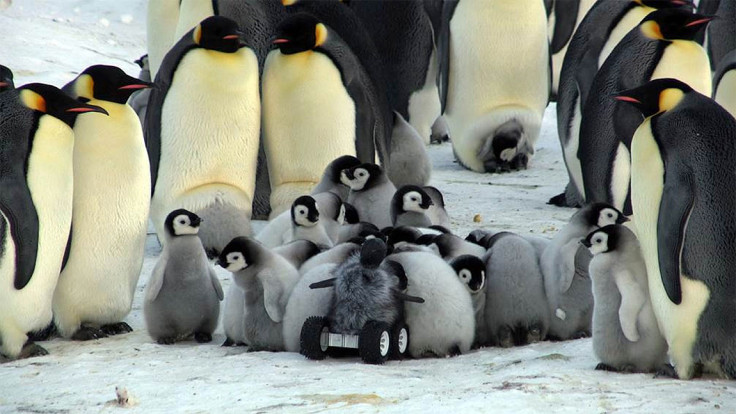
However, by working with Bristol-based John Downer Productions, the researchers were able to develop a realistic-looking Emperor penguin chick mounted on top of robot rover that was so believable, it was accepted by adult Emperor penguins in the colony.
The filmmakers collaborated with the researchers in the French Antarctica between 2012-2013 for their award-winning documentary Penguins - Spy In The Huddle, which was broadcast in February 2013 on BBC1.
"Some penguins in the colony have been microchipped and in the past, a human researcher would need to walk into the colony and physically scan the tagged penguins in order to get the data from them," Philip Dalton, a producer with John Downer Productions, told IBTimes UK.
By using a robot penguin armed with a camera, sensors and scanning device to wirelessly send data about the animal it is closest to remotely back to the researchers, the researchers can get within touching distance of real penguins without the animals becoming scared.
If a human approached the penguins, the fright would raise their heart rates by up to 35 beats per minute.
It took five attempts to create a rover that did not scare the penguins and earlier attempts included a robot made from fibreglass, but finally, a baby penguin rover covered in soft grey fur with a black and white face, black beak and black arms was accepted by the colony and an adult penguin even sung a special song to it.
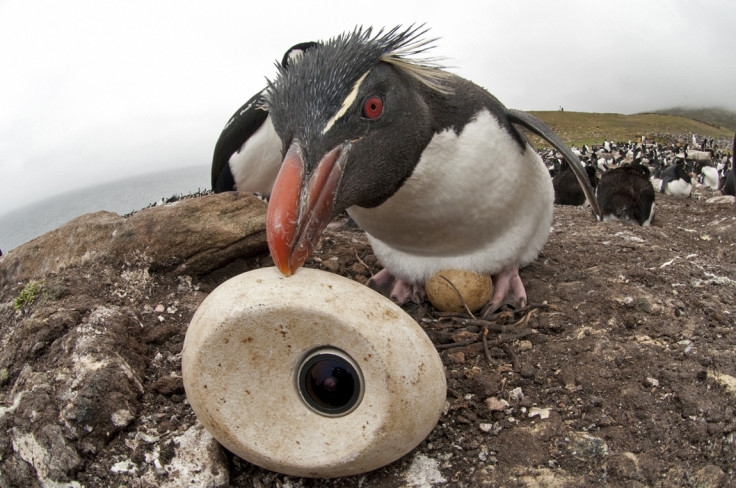
John Downer Productions has a dedicated team of engineers specialising in precision engineering, remote-controlled technology and animatronics model-making.
Over the last 13 years, the firm has used spy cameras disguised as rocks, dung, snowballs, icebergs and even a tiny aerial flying drone disguised as a dragonfly in order to gain exclusive intimate footage of wildlife including lions, elephants, dolphins and penguins for its nature documentaries.
But the filmmakers did not just use one robot to film their documentary – in total, the production featured 50 spy cameras, some of which were carefully hidden in 10 different state-of-the-art animatronic robots.

Besides the baby Emperor penguin chick on wheels, there was also a full-sized adult robot Emperor penguin that could lay camera eggs. The fake eggs were so believable, childless penguin couples would adopt them, while a predatory caracara even flew off with the egg cameras.
Other robots included bipedal Humboldt and Rockhopper penguins that could walk, using special bipedal technology provided by Masahiro Ishida of robotics company KumoTek Robotics in the US.
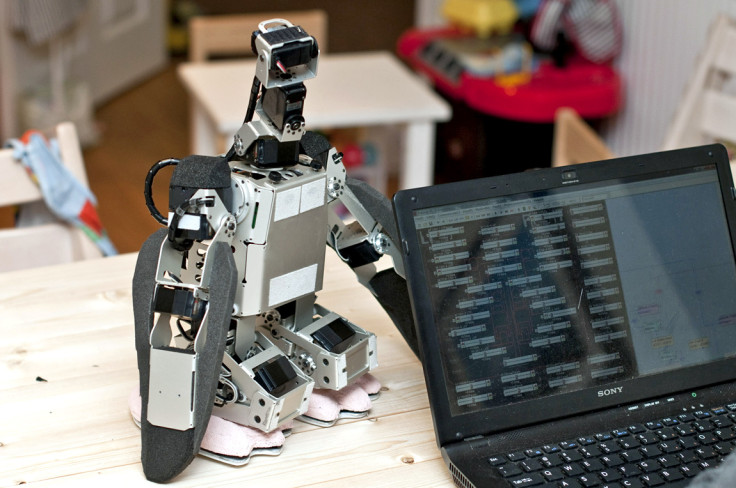
"The bipedal robot Rockhopper penguin could walk without falling over. He was able to stand up on his own using built-in gyros and pedometers, and he had artificial sensor balance, so if he was pushed off a cliff by another penguin, he could stand up again. He could also automatically lean into the wind," said Dalton.
"He could also make the ecstatic display call and other penguins would reply. In one funny sequence, we even had a Rockhopper forming a bond with a robot, it saw it as a rather desirable female and wanted to nest with it.
"It was rather short-lived as the female penguin saw the male penguin flirting with our robot and soon put a stop to it."
The film company also provided a tobogganing Emperor penguin that could skate over the ice, underwater Humbolt and Rockhopper camera-mounted robot penguins that could swim and static robots that could stand sentry for days, even in extremely bad weather to collect data.
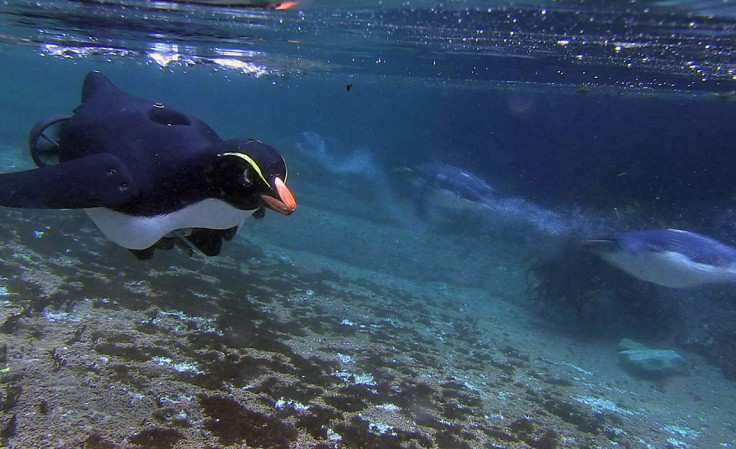
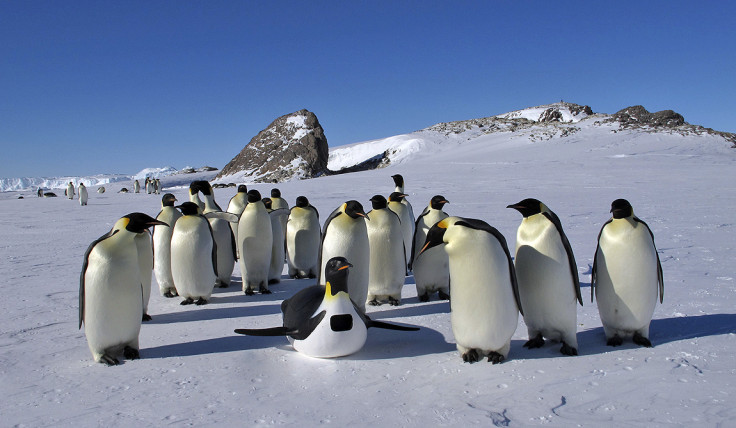
In just one year of filming in the French Antarctic, the total collected data by all of the robots and spy cameras was equivalent to the same amount of data that the researchers could collect by themselves in five years.
Next, the researchers will look into developing a walking, talking Emperor penguin robot, inspired by the technology used by the filmmakers.
"The bottom line for filmmakers with this technique we've pioneered is that it enables us to film with minimal disturbance, and the scientists like this approach as it allows them to gather data from the animals without the disturbance that a human would create," said Dalton.
"It's quite a nice example that if robots are designed well enough to resemble a real penguin, then you can have a very powerful filming device that is accepted by the animal."
© Copyright IBTimes 2025. All rights reserved.






















